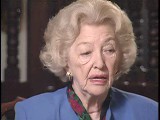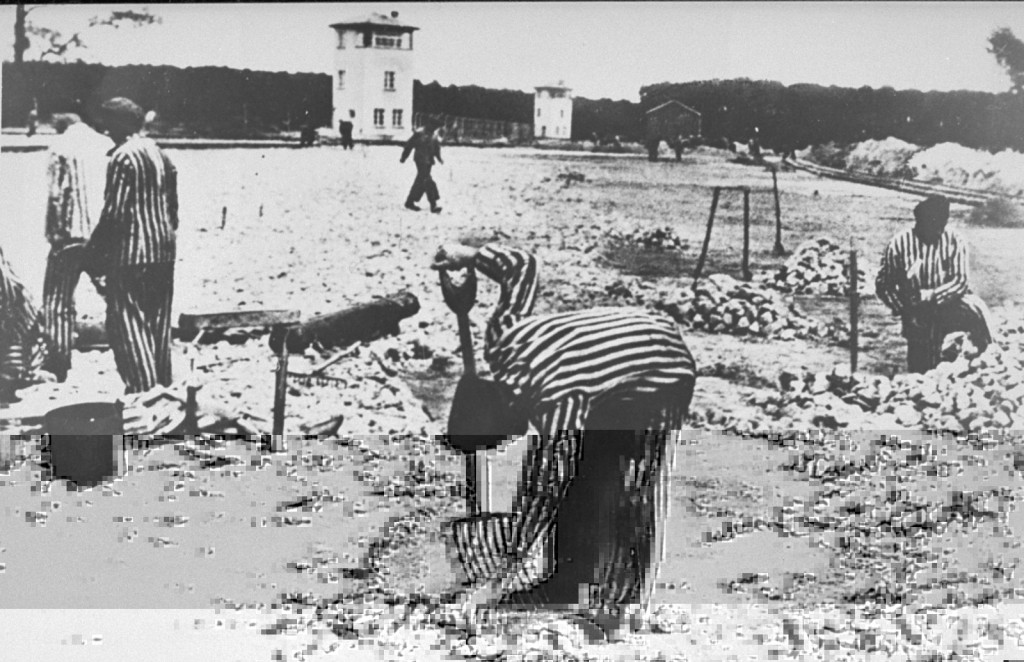You searched for: 谷歌推广投资回报率【TG飞机:@bapingseo】代谷歌霸屏优化推广包上【TG电报:@bapingseo】斯洛文尼亚google优化员【Telegram:@bapingseo】彩之缘登录购彩2软件久久购彩软件?3wCEfd/3HuNIB.html
<< Previous | Displaying results 21-30 of 519 for "谷歌推广投资回报率【TG飞机:@bapingseo】代谷歌霸屏优化推广包上【TG电报:@bapingseo】斯洛文尼亚google优化员【Telegram:@bapingseo】彩之缘登录购彩2软件久久购彩软件?3wCEfd/3HuNIB.html" | Next >>
-
The Times, August 17, 1921
ArtifactIn this London Times article, reporter Philip Graves compared passages from Maurice Joly’s Dialogue in Hell Between Machiavelli and Montesquieu (1864) side-by-side with the Protocols of the Elders of Zion in order to prove that the Protocols was plagiarized. Other investigations revealed that one chapter of a Prussian novel, Hermann Goedsche’s Biarritz (1868), also “inspired” the Protocols. Times (London), August 17, 1921.
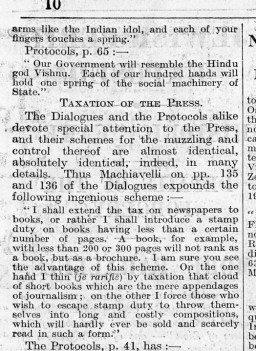
-
Demonstrating the operation of the Dachau crematorium
PhotoSurvivors of the Dachau concentration camp demonstrate the operation of the crematorium by pushing a corpse into one of the ovens. Dachau, Germany, April 29–May 10, 1945. This image is among the commonly reproduced and distributed, and often extremely graphic, images of liberation. These photographs provided powerful documentation of the crimes of the Nazi era.
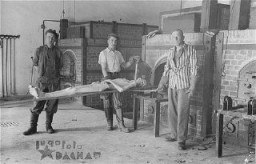
-
Deportation from the Warsaw ghetto
PhotoDeportation of Jews from the Warsaw ghetto during the uprising. This photo was taken secretly from a building adjacent to the ghetto by a Polish member of the resistance. Warsaw, Poland, April 1943.
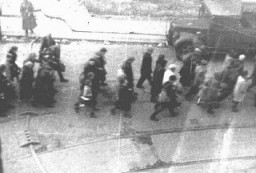
-
Book burning in Berlin
PhotoBooks and writings deemed "un-German" are burned at the Opernplatz (Opera Square). Berlin, Germany, May 10, 1933.
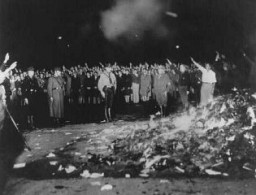
-
Edward Vebell courtroom sketch
ArtifactCourtroom sketch drawn during the International Military Tribunal by American artist Edward Vebell. The drawing depicts defendants Rudolf Hess and Wilhelm Keitel, with this accompanying text: "Hess looked very hollow cheeked and thin necked. He seemed to ignore the proceedings and kept his head down, absorbed in a book. Keitel tried to retain a rigid military bearing and strike haughty poses." Nuremberg, Germany, 1945.
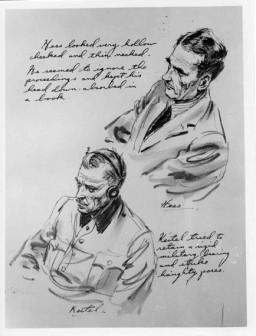
-
Arriving in New York
PhotoChildren aboard the President Harding look at the Statue of Liberty as they pull into New York harbor. They were brought to the United States by Gilbert and Eleanor Kraus. New York, United States, June 1939.
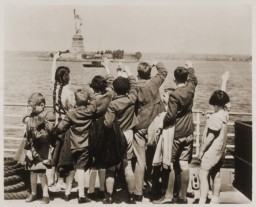
-
Conditions in the Warsaw ghetto
FilmThe Nazis sealed the Warsaw ghetto in mid-November 1940. German-induced overcrowding and food shortages led to an extremely high mortality rate in the ghetto. Almost 30 percent of the population of Warsaw was packed into 2.4 percent of the city's area. The Germans set a food ration for Jews at just 181 calories a day. By August 1941, more than 5,000 people a month succumbed to starvation and disease.
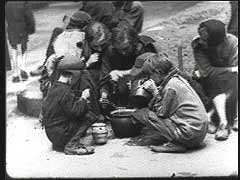
-
Hannah Szenes
PhotoHannah Szenes on her first day in Palestine. Haifa, Palestine, September 19, 1939. Between 1943 and 1945, a group of Jewish men and women from Palestine who had volunteered to join the British army parachuted into German-occupied Europe. Their mission was to organize resistance to the Germans and aid in the rescue of Allied personnel. Hannah Szenes was among these volunteers. Szenes was captured in German-occupied Hungary and executed in Budapest on November 7, 1944, at the age of 23.
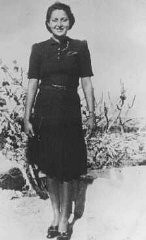
-
Armenian refugees
PhotoRefugees foraging at Alexandropol, Russian Armenia. Photograph taken by John Elder. In 1917, Elder, a divinity student from Pennsylvania, joined the American Committee for Armenian and Syrian Relief team that was aiding refugees. For two years, Elder did volunteer work with Armenian orphans. During that time, he photographed refugees and conditions at camps.
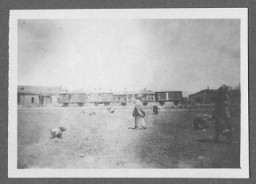
-
Belle Mayer Zeck describes working conditions and staffing at Nuremberg during the postwar trials
Oral HistoryBelle Mayer trained as a lawyer and worked for the General Counsel of the US Treasury, Foreign Funds Control Bureau. This bureau worked to enforce the Trading With the Enemy Act passed by Congress. In this capacity, Mayer became familiar with the German I. G. Farben chemical company, a large conglomerate that used slave labor during World War II. In 1945, Mayer was sent as a Department of Treasury representative to the postwar London Conference. She was present as representatives from the Allied nations…
